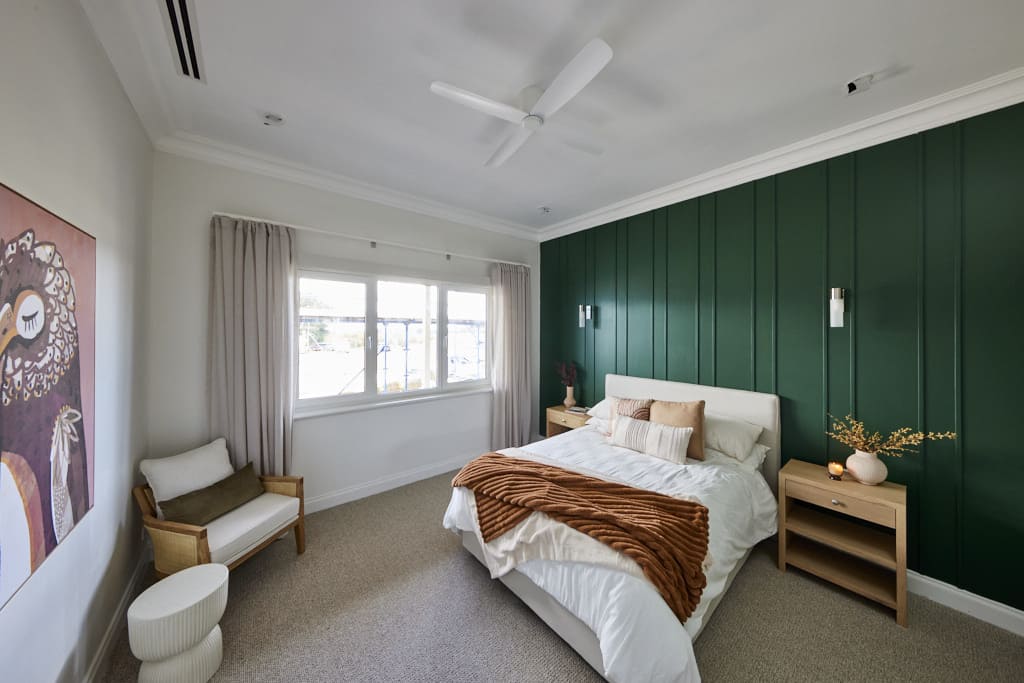If you ignore the mud, this year’s season of The Block portrayed a lovely view of rural life – huge homes, spectacular views, expansive gardens (pools, kitchen gardens, vineyards, tiny homes!).
It seems that COVID and its accompanying trend of working from home has created a boom in city dwellers moving to the country. According to figures released by the Australian Bureau of Statistics (ABS), 43,000 Australians (net) moved to regional areas from capital cities in 2020. Australian regional centres have become the latest real estate hotspot, with some regions experiencing unprecedented growth.
However, if the wide open spaces are calling, here’s a few things to consider before you start scouring acreage properties.







